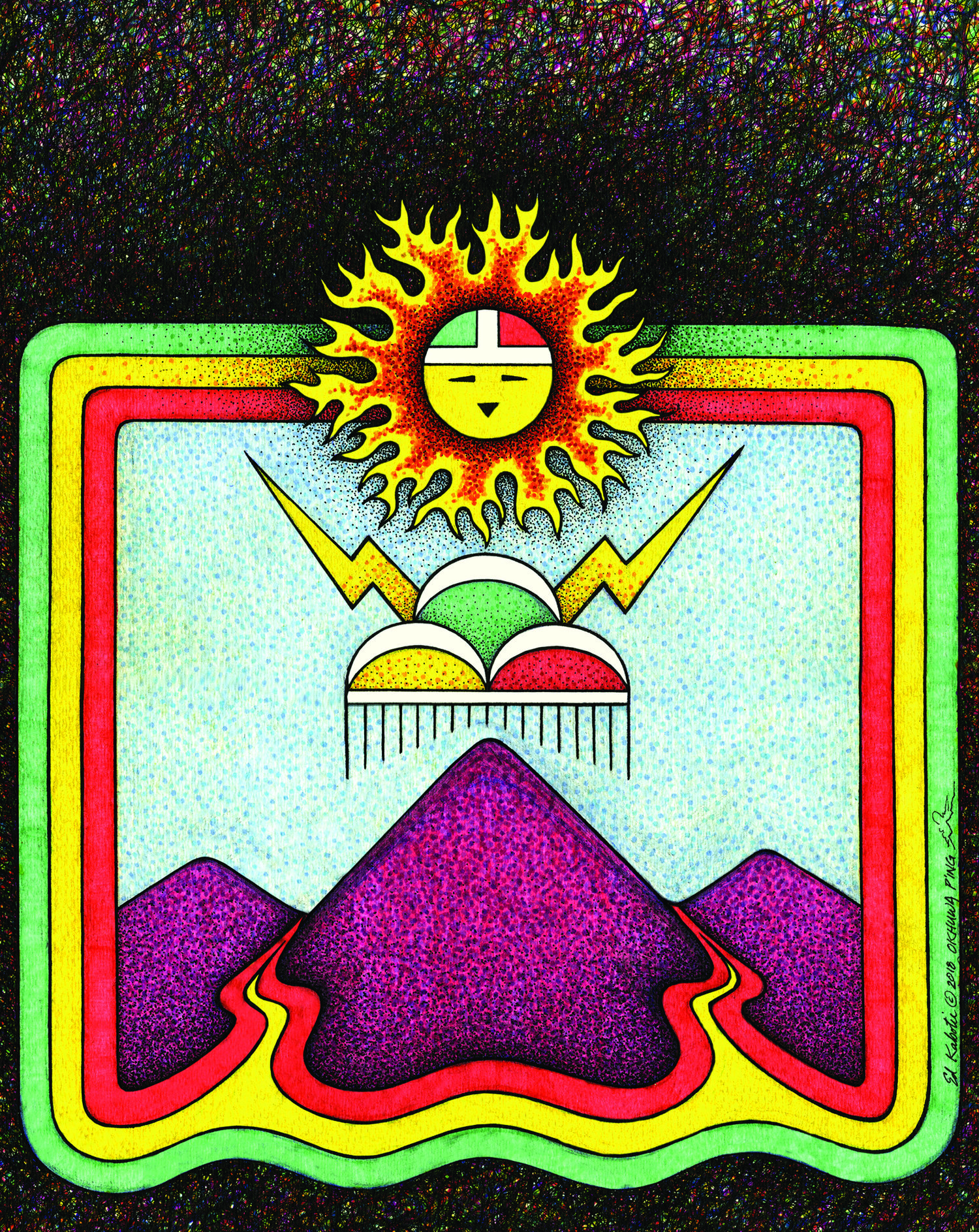Springs Stewardship
What is Stewardship?
Improving springs stewardship requires careful assessment, planning, implementation, and monitoring, all of which are best when based on rigorous scientific inventory. Our approach acknowledges that many springs are under active anthropogenic (human) management, which is necessary for human well-being and is often fully intentional. While such use is recognized and respected, SSI suggests springs be managed more sustainably to support ecological functions as well as provide goods and services for society.
In general, if the aquifer that feeds the spring is not degraded, the ecosystem can function well ecologically while simultaneously providing benefits to stewards. Sustainable management of springs should be the primary goal of stewardship. We have seen many successful examples of such stewardship, however, we have also encountered far more springs that have been unnecessarily destroyed by poor management practices and neglect.
The good news is that springs can often be rehabilitated or restored to an ecologically sustainable condition. The process is relatively easy and can be accomplished through minor changes in management. SSI's perspective is that we should continue to work towards understanding springs ecosystem ecology and that, where used, springs should be sustainably managed for both societal and ecosystem functionality.
Management Process
Through SSI's Springs Inventory Protocol and Springs Ecological Assessment Protocol, improved, conscientious planning can lead to restored and properly managed springs. Another important factor in these management protocols is effective information management.



